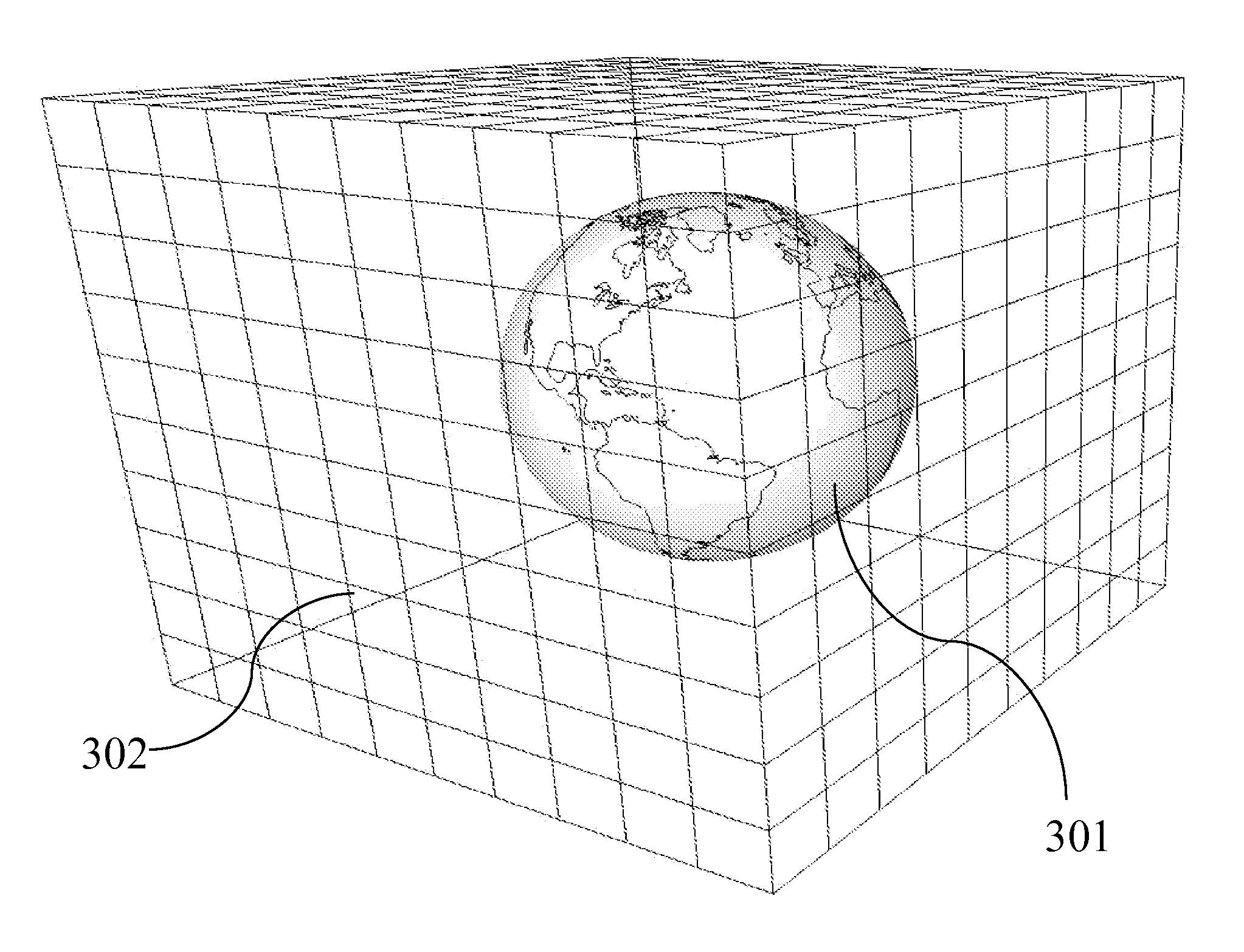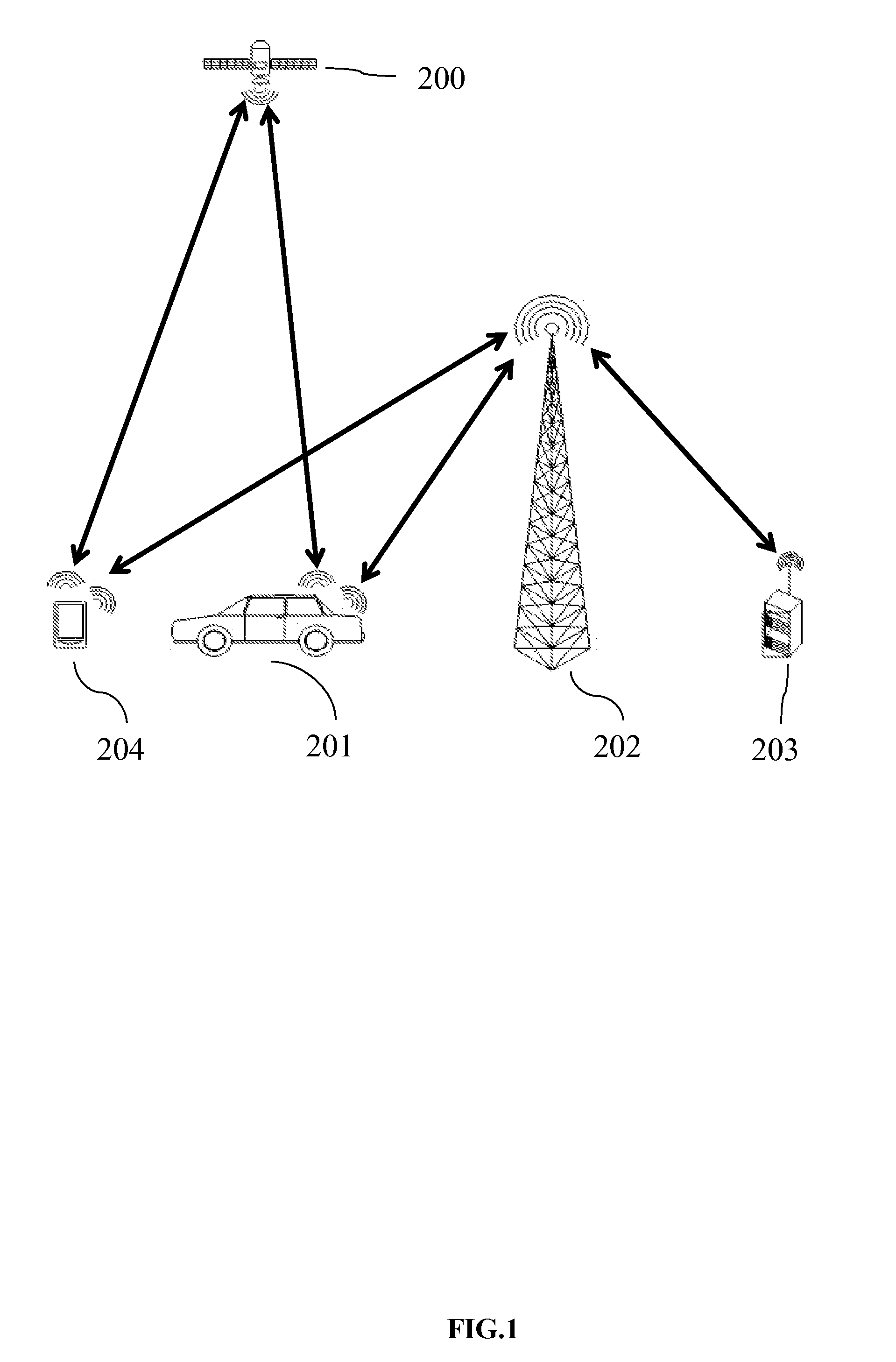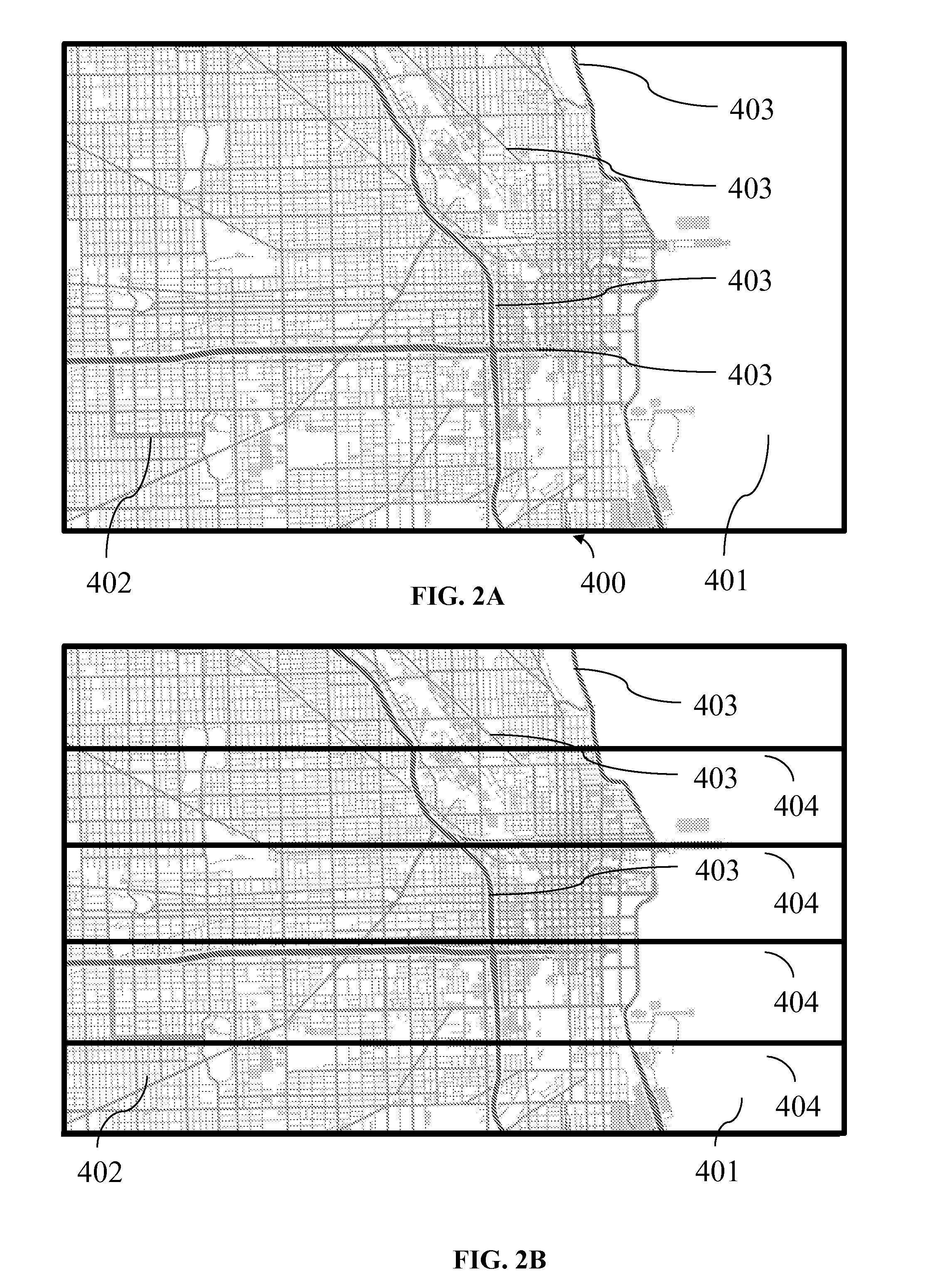Method and system for implementing navigation using bounded geograhic regions
a navigation and guidance system technology, applied in the direction of navigation instruments, instruments, location information based services, etc., can solve the problems of insufficient explicit solution, labor-intensive and time-consuming, and force-based implementation of navigation and guidance systems using bounded geographic regions (“bgrs”), so as to minimize the overall impedance of a navigational guidance sequence, improve system performance, and improve accuracy
- Summary
- Abstract
- Description
- Claims
- Application Information
AI Technical Summary
Benefits of technology
Problems solved by technology
Method used
Image
Examples
Embodiment Construction
[0040]This description is not meant to limit the invention, but rather to illustrate its general principles of operation. Examples are illustrated with the accompanying drawings.
[0041]In U.S. Utility Pat. No. 8,868,332, METHOD AND SYSTEM FOR NAVIGATION USING BOUNDED GEOGRAPHIC REGIONS; and U.S. Pat. No. 8,775,059, METHOD AND SYSTEM FOR MULTI-VEHICLE, MULTI-DESTINATION ROUTING, a system and method for navigation and multi-vehicle navigation, using BGRs, was disclosed.
[0042]FIG. 1 shows an embodiment of wireless communication and geo-location, which is necessary for navigation. The end user is in a vehicle 201, which has a remote electronic device (“RED”), either built-in or mounted. The vehicle 201 geo-locates via a GPS chip-set, a gyro, and / or a satellite transceiver. A plurality of satellites 200 provides GPS signals to the vehicle's 201 GPS transceiver. The vehicle 201 is then able to communicate its location to a central server 203, using a wireless network 202. The wireless netw...
PUM
 Login to View More
Login to View More Abstract
Description
Claims
Application Information
 Login to View More
Login to View More - R&D
- Intellectual Property
- Life Sciences
- Materials
- Tech Scout
- Unparalleled Data Quality
- Higher Quality Content
- 60% Fewer Hallucinations
Browse by: Latest US Patents, China's latest patents, Technical Efficacy Thesaurus, Application Domain, Technology Topic, Popular Technical Reports.
© 2025 PatSnap. All rights reserved.Legal|Privacy policy|Modern Slavery Act Transparency Statement|Sitemap|About US| Contact US: help@patsnap.com



